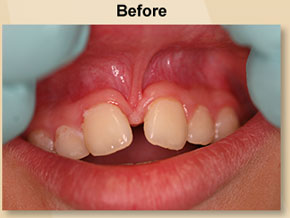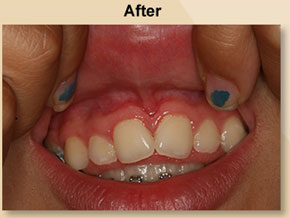CranioSacral therapy (or CST) is a bodywork approach using light touch to release deep tension patterns in the body, relieving pain & dysfunction, and improving overall function and performance.
Your health and wellness is greatly influenced by your central nervous system, and the soft tissues and fluid that surround and protect these structures (the brain and spinal cord) are known as the craniosacral system.
We encounter many physical and emotional strains and stresses in our daily lives, and our bodies work hard to absorb and compensate their negative effects in order for us to keep going. However, your body can only handle so much tension before the tissues begin to tighten, potentially affecting the brain and spinal cord, thereby compromising the function of the central nervous system and nearly every other body system as a result.
CST releases these tension patterns to allow the entire body to relax and use its innate ability to self-correct. Practitioners use gentle touch techniques to locate and release restrictions and strain patterns, freeing the central nervous system to work optimally. This in turn can naturally reduce pain and stress, strengthen your immune system, and improve your general health and well-being. Because CST is very gentle and non-invasive, it is safe and effective for all ages, from newborns to elders. It can be used alone or integrated with other therapies to facilitate powerful changes.
What Conditions Can CST Help?
CST enhances your body's ability to take care of itself, and therefore can be used to help a wide variety of pain and dysfunction, including:
- Headaches and migraines
- Chronic neck and back pain
- Stress and tension-related disorders
- Motor-coordination impairments
- Infant and childhood disorders
- Tethered oral tissues (tongue, lip, and buccal ties)
- Spinal cord injuries
- Post-concussion symptoms
- Chronic fatigue
- Fibromyalgia
- TMJ Syndrome
- Scoliosis
- Central Nervous System disorders
- Learning disabilities
- ADD/ADHD
- Post-Traumatic Stress Disorder
- Orthopedic problems
- and many more
What Can I Expect From a CST Session?
Your CST session in our office will take place in a quiet, private room. You will remain fully clothed as you rest comfortably on the treatment table, and your practitioner will begin by gently touching various points on your head and body to monitor your craniosacral rhythm, i.e., the flow of the fluid within your central nervous system.
By carefully listening with the hands to locate areas of weak or restricted fluid flow or tissue motion, your practitioner can trace these areas of weakness through the body to the original source of dysfunction. Delicate manual techniques are then used to release problem areas, and improve the form and function of your central nervous system.
Sessions generally last an hour to 90 minutes for adults, and up to 1 hour for infants and children. What you experience from each session is highly individual. Most people report feeling deeply relaxed during and after a session, with feelings of warmth or gentle pulsing in the areas where the therapist is working. Effects of CST can be experienced from hours to days following the session.
Scheduling, Hours, & Rates
CST and massage therapy appointments are available on Mondays and Wednesdays with Moriah, our Licensed Massage Therapist with specialized training in CST for adults, children, and infants. Alternate appointment days/times may be arranged upon request; check with Moriah for availability.
Prices per session are $90 for 60 minutes and $135 for 90 minutes. Your treatment will be individualized based on your personal therapeutic needs and treatment goals.
Call East Berlin Smiles/PA Tongue-Tie Center at (717)259-9596, or email moriah@patonguetie.com with additional questions or to schedule.
For More Information:
Frequently asked questions about CST, plus research, articles, case studies, and more are available at www.upledger.com.




